Monarchs face many risks that are resulting in declining population. Pesticides that are used to control insects and weeds have harmful unintended consequences for monarchs, a changing climate may be forcing changes in migratory patterns and one of the many effects of climate change will be wetter and colder winters, if they get wet and the temperature drops they will freeze to death. Flea treatment on your pet, both topically applied and orally administered, along with several cleaning products in your home can be deadly to monarch caterpillars. Remember that these are very delicate creatures and even small doses of chemicals can be fatal. And monarchs face many risks from natural enemies, such as predators, parasitoids, and diseases.
Monarchs use warning colouration and toxicity from their larval swan plant food source as defence mechanisms. The bright orange colours and distinctive patterns warn predators the butterflies are toxic and bitter-tasting. This is enough to keep most vertebrate predators away. Invertebrates are a different story. Despite the fact that toxins from milkweed may in some ways protect them, monarchs of all life stages are vulnerable to predation.
The brown soldier bug uses its hollow beak as a straw to suck the insides out of larvae. Praying mantis eat them. The paper wasp picks up larvae and carries them away. Please keep an eye out around your plants to see if you have predators. You can protect them with netting around the swan plants and insect castles. Although this is just part of natures food chain, this is why the clever Monarch butterfly lays over 400 eggs as many do not make it too adulthood.
Predators

Paper Wasp
The wasp feeds on live prey. They are the biggest threat to monarchs at every stage of life, from egg and caterpillar to chrysalis and butterfly. They get all of their protein from caterpillars. They will sting all of the caterpillars and cart them off for lunch.
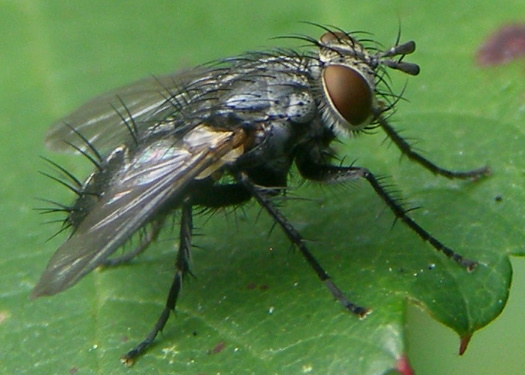
Tachinid Fly
These parasitic flies lay tiny eggs on monarch caterpillars that will need magnification for confirmation. The hatching maggots burrow inside the caterpillar and feed from the inside out, eventually killing it. If they’re sitting still, look for hairy flies with big red eyes.

Praying Mantis
Praying mantises may be living on your caterpillars and getting very fat on the spoils. Have a look around the swan plant and nearby plants for any evidence of these green insects. They are usually beneficial in the garden, eating a wide range of pests, so you may be inclined to forgive them.
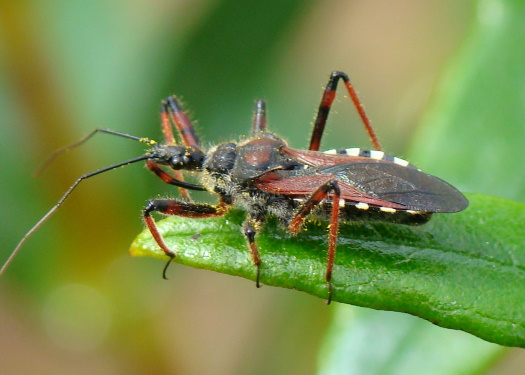
Assassin Bug
Assassin bugs feast on monarch caterpillars.
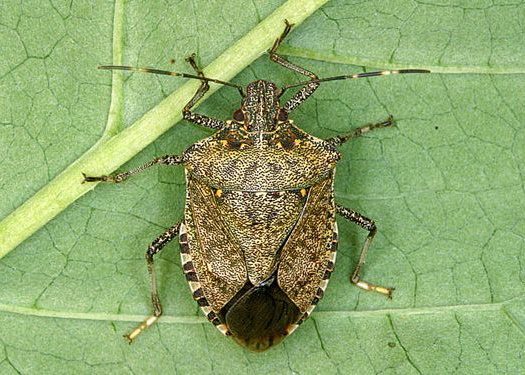
Soldier Bug
The soldier (stink) bug uses its hollow beak as a straw to suck the insides out of caterpillar.
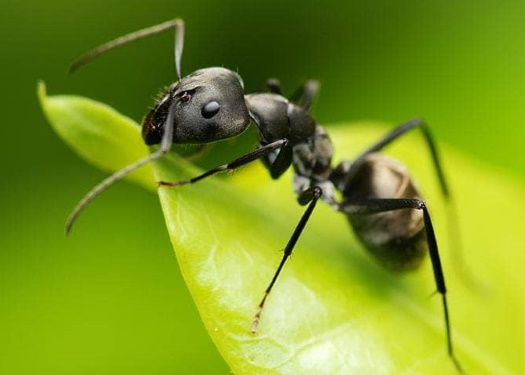
Ants
Ants eat monarch eggs and also carry away the newly hatched caterpillars to feed their young.

Hedgehog
Hedgehogs eat the caterpillars, chrysalides and as well as when they are in a “J” state which is when at their most vulnerable.

Mouse
Mice eat the caterpillars, chrysalides and butterflies.

Aphids
Aphids have no direct effect on monarchs, though they can damage milkweed by ingesting its sap and weakening the plant.
Diseases
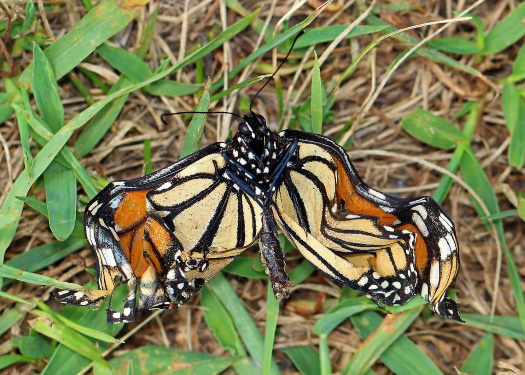
Ophryocystis Elektroscirrha (OE)
OE is a protozoan parasite that caterpillars ingest on milkweed. It’s spread through microscopic spores coming off the wings and bodies of adult butterflies. These protozoa multiply inside the caterpillar and can cause weakness, disfigurement, and an untimely death. You are most likely to notice symptoms of OE infection in the chrysalis or the butterfly.

Nuclear Polyhedrosis Virus (NPV)
Commonly referred to as black death, your caterpillars will deflate, turn black, then liquify like something out of a horror movie! This virus can also affect chrysalides as the entire monarch chrysalis turns black.

Pseudomonas (Bacterial Disease)
This bacteria can be found in soil and on plants. This bacterium thrives in warm, moist conditions which is why it’s important to have a habitat with good air flow where excess moisture can evaporate. Pseudomonas typically affect caterpillars that are already weakened by other diseases. Similar to NPV, monarch caterpillars and chrysalides will slowly fade to black death.
Other Caterpillar Killers
Bacillus Thuringiensis (BT)
BT is a naturally-occuring bacteria that lives in soil. It makes proteins that are toxic to caterpillars. BT is used in powders and sprays to protect food crops. It has become a widely used pest management tool.
When ingested, BT ruptures the gut lining of monarch caterpillars. The irritated caterpillar stops eating and will die within a few days.
Tainted Milkweed
If your caterpillar has ingested pesticides it will often expel green vomit. If this happens, rinse the caterpillar off under a faucet, then place it on a new milkweed source immediately! If the current milkweed has been treated with systemic pesticides, the chemicals are inside the plant and can’t be rinsed off.
Another sign of pesticide poisoning is when a caterpillar dies in the middle of forming its chrysalis. This occurs when caterpillars ingest insect growth regulators, which include organic pesticides like neem oil.
Household Chemicals
Don’t use household cleaners, apply flea treatments, lotion, hairspray, or hand sanitizers around your monarch guests, as these can prove deadly. If you’ve handled these (or similar) items, please wash your hands before handling milkweed or monarchs. Don’t forget to wash after petting a flea treated dog!
Dehydration
Dehydrated monarchs can get stuck inside their chrysalides causing deformation and death. They may also have issues forming them. Hydration of monarchs must start at the egg stage for healthy development.
Spritz milkweed and caterpillars daily with a spray bottle filled with water – make sure the caterpillars have good ventilation (i.e. a mesh cage) so the water evaporates and there isn’t condensation inside the habitat that could cause disease.
Anal Prolapse
When this occurs the digestive tract begins to come out of the caterpillar’s anus, leaving a vibrant green ball exposed at the end of your caterpillar. Anal prolapse may happen naturally. It can also be caused by exposure to some pesticides. When this happens, the caterpillar will die.